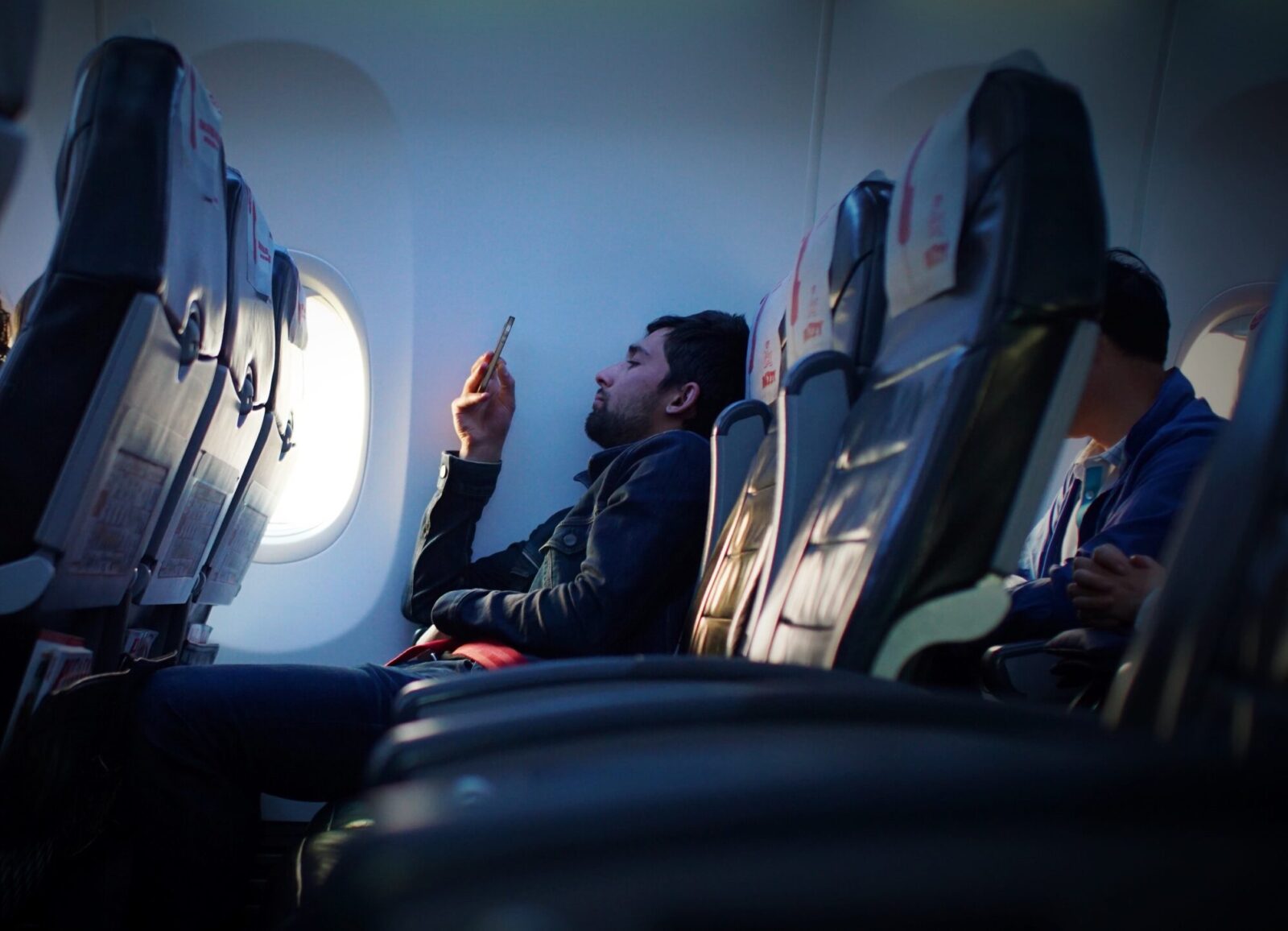
In February, four people onboard a United Airlines flight from San Diego to Newark were hospitalized for smoke inhalation when a portable battery pack burst into flames and filled the cabin crew with smoke. The cause was put down to the lithium battery pack overheating and creating a ‘thermal runaway’.
Thankfully, no one was seriously injured in this incident, but these inflight thermal runaway events involving lithium battery-powered devices like mobile phones, tablets, laptops and vapes are worryingly becoming more common.
Last December, passengers on a JetBlue plane at New York JFK were forced to evacuate via emergency slides after a laptop computer started to smoke in the cabin and in the same month, two Lufthansa flight attendants were treated for smoke inhalation after a laptop caught fire in an overhead locker.
One of the main reasons behind the increase in these incidents is the simple fact that we are travelling with more devices powered by lithium batteries. It’s not unrealistic to think that each passenger on a plane could be carrying two, three, four or more lithium-battery-powered devices.
So what’s the solution? Well, in a recent safety podcast, the Federal Aviation Administration (FAA) suggested that passengers should stop charging their devices 100% full before boarding a plane.
Robert Ochs, Manager of the Fire Safety Branch at the FAA’s William J. Hughes Technical Center, says passengers should consider keeping their devices charged at just 30% or less in an attempt to reduce the risk of a thermal runaway.
“If you know that you are bringing a device that you won’t be using during your trip, it’s actually best to have it at a lower battery level,” Ochs explained. “So, if it’s at 30%, say, or lower, it’s less likely to undergo thermal runaway and the reaction would be less severe.”
“Another thing to do would be to not charge it. So, if you have a device that is off, but you’re still charging it, it could also go into thermal runaway in that situation as well. So, it would be best to just keep it powered off and also not plugged in.”
Ochs also suggested that even if your device is fully charged, one of the simplest ways to reduce the risk of the device overheating is powering it off.
“We’re not trying to scare people into not, you know, bringing these devices on board or always having them at a 0% battery level for safety. We just want the general flying public to be aware that you know, there is a hazard associated with it,” Och continued.
As to where you should pack all these devices, the FAA also has an opinion. Jay Sorah, an FAA Transportation Specialist, says passengers should avoid packing any electronic devices in their checked ln luggage.
“We’d like you to have your batteries with you in the cabin, we prefer that. Because if something happens, you or somebody else, in aircraft is going to see it, hear it, smell it and you’re going to be able to do something to get help to get it mitigated,” Sorah explained.
“Whereas if it’s underneath the aircraft and cargo hold, that’s a whole different ballgame for us”.
Simply put, if a thermal runaway takes place in the cabin, the crew have the tools and training to quickly put the fire out. If the thermal runaway takes place in the cargo hold, its going to take a long time for any to realize and by that point the fire suppression systems might not so effective.
There is, however, one notable exception. Addressing the issue of baggage trackers, Sorah said popular devices like the Apple AirTag can be used on checked-in luggage if they are within stated battery limits. Not all bag trackers are the same, so you should always contact your airline to see if yours is allowed.
Mateusz Maszczynski honed his skills as an international flight attendant at the most prominent airline in the Middle East and has been flying ever since... most recently for a well known European airline. Matt is passionate about the aviation industry and has become an expert in passenger experience and human-centric stories. Always keeping an ear close to the ground, Matt's industry insights, analysis and news coverage is frequently relied upon by some of the biggest names in journalism.







